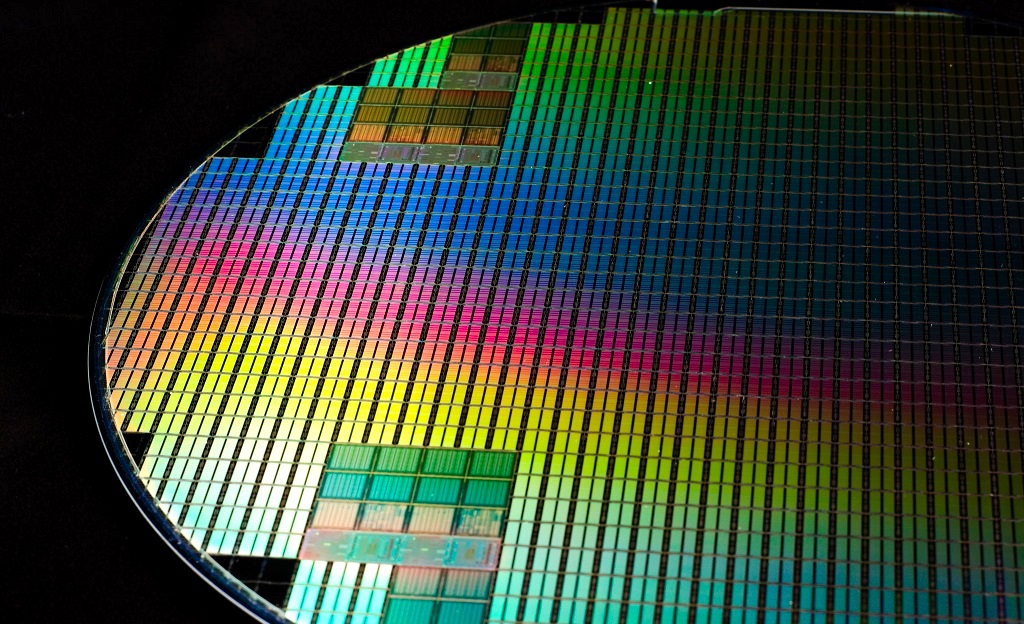
Photos - Santi - CC BY-SA
Who introduced the 10nm
For several years, Intel delayed the full-scale production of microcircuits using the 10-nm process technology. Among the reasons, experts called difficulties with multi-patterning technology , which increases the density of transistors, and the low yield of high-quality processors. But in October of this year, the company announced that it was able to establish stable chip production on the new manufacturing process.
So far, only CPUs for personal computers based on the Ice Lake architecture are being produced. But the company promises to supply Xeon (Ice Lake-SP) for data centers in the second half of 2020.
Similar devices are released by AMD in partnership with the Taiwanese TSMC. At the end of last year, they introduced a chip made by an advanced 7-nanometer process technology. In physical terms (due to various evaluation methods), it resembles 10-nm from Intel.
Based on the new process technology, a line of AMD server processors, EPYC, was built. Sales of AMD EPYC 7002 devices on Zen 2 architecture started in late summer. In their data centers, chips were hosted by companies such as Google and Twitter . Devices should reduce server power consumption and reduce TCO by a quarter. Also, the developer of supercomputers Cray is already working with the new CPUs. The devices are embedded in the computing system for the F1 team - Haas.
The course for further miniaturization
In 2021, Intel plans to switch to the 7-nm process technology based on EUV. This is photolithography in the " hard " ultraviolet. Interestingly, the first product built on the new process technology will not be a processor, but a graphics card for data centers, supercomputers, and other HPC systems.
Intel is also working on 5-nanometer technology, but the timing of the completion of the project is unknown.
Work on the 5nm is carried out at TSMC - the company began preparations back in June last year, investing $ 25 billion in development. Part of the funds was used to build a factory in Taiwan. Chip production will be launched in the second quarter of 2020.
Earlier this year, Samsung announced its readiness to release mobile processors using 5-nm technology. The company has already equipped a production line, is building a special plant, and even accepts orders for test batches of chips. However, the full release date is still unknown.
Beyond 5nm
TSMC is preparing the launch of the 5-nm process technology and is developing 3- and even 2-nanometer technologies. The company evaluated all possible types of transistor structures and is building a factory (also in Taiwan). The company will begin production of products at the end of 2022 or the beginning of 2023.

Photos - Enrique Jiménez - CC BY-SA
Samsung plans to start manufacturing 3-nm chips as well - they should launch it in 2021. The organization’s specialists use GAAFET (Gate-All-Around Field-Effect Transistors) technology, which reduces voltage losses, increasing the energy efficiency of the transistor.
Research institutes are also participating in the race for miniaturization. For example, last year, specialists from the Imec center, in partnership with Cadence Design Systems, already developed test samples of microprocessors using 3-nm technology.
Industry leaders note that the costs of mastering new technologies will be large, and only large companies will be able to switch to new technological processes, which will “beat them off” thanks to a wide range of products. In turn, to overcome technological difficulties in the process of direct production of the industry, alternative solutions will be needed. Therefore, in the future we can expect the emergence of radically new processor technologies.